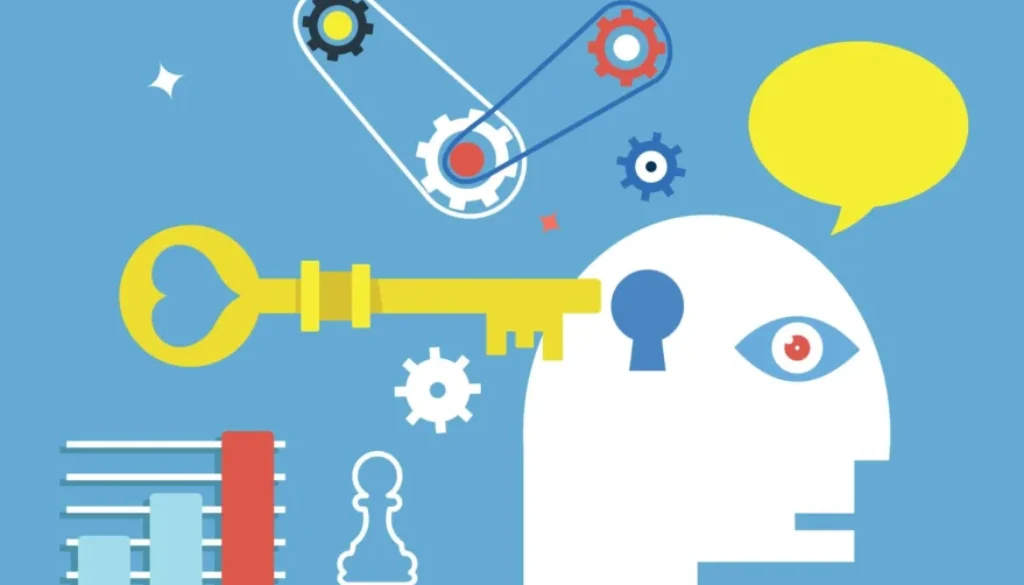In today’s competitive world, it is no longer about the best product or service but about creating unique and engaging experiences that resonate with your audience. This is where gamification has emerged as a revolutionary strategy in marketing. Brands are using game-like elements in campaigns not only to attract attention but also to build long-lasting connections with their customers.
What is Gamification in Marketing?
Gamification in marketing refers to the use of game mechanics and design principles to engage customers and encourage desired behaviours. Whether it’s earning points for purchases, completing challenges to unlock rewards, or climbing leaderboards, gamification transforms mundane customer interactions into exciting experiences. It’s a concept rooted in psychology, tapping into the human need for achievement, competition, and rewards.
How Gamification Works in Marketing?
The beauty of gamification is that it makes marketing more engaging and fun. Brands commonly employ elements such as:
1. Points and Rewards: Customers get points for any action such as purchase, referral, or social sharing, which can be redeemed for discounts or exclusive perks.
2. Challenges and Milestones: Having feasible tasks engage the users. For instance, the fitness applications give the challenges of step count to complete in a day.
3. Leaderboards and Social Sharing: One of the powerful motivators is competition. Seeing names on the leaderboard or sharing achievements with friends encourages the customers to be active in the campaign.
4. Progress Indicators: The visual progress bars or levels will let customers know how close they are to receiving a reward and make them want to continue participating.
Benefits of Gamification
1. Increases Engagement– Unlike traditional advertising, gamification actively engages the customer. The more a user interacts with challenges, games, or interactive features, the more time they spend on brand-related services and remember them.
2. Loyalty- Gamified loyalty programs, such as Starbucks Rewards or Sephora’s Beauty Insider, bring repeat customers into the business. The reward of repeated interaction is where such loyalty programs help in long-term brand loyalty.
3. Gathering customer insight– Most gamification tools track user behaviour, preferences, and patterns. Thus, these help businesses strategize better.
4. Shareable– By its very nature, a gamified campaign is shareable. People love sharing achievements, especially on social media, which amplifies the reach of the brand organically.
Examples of Gamification in Marketing in Real Life
1. Nike Run Club App: Nike fuses fitness with gamification by rewarding users for runs. Achievements, challenges, and social sharing options keep users engaged while promoting a healthy lifestyle aligned with Nike’s brand.
2. McDonald’s Monopoly: The classic—enable purchases with game pieces that can win actual prizes. It is a fun, nostalgic campaign that pushes sales and customer engagement. 3. Duolingo: This language-learning app uses great aspects of gamification by including streaks, leaderboards, and reward systems for continuous learning. It not only prevents churn but also gives the user a sense of accomplishment.
Challenges of Gamification
While gamification has much to offer, it is also not without its challenges. The key ones are listed below.
1. Sustainability: Short-term campaigns might get attention but won’t establish a long-term customer relationship. Brands need to think beyond one-time interaction.
2. Cost: Designing and implementation of the gamification strategy could be costly, requiring professional designers, developers, and marketers.
3. Overuse: Since most companies embrace gamification, the surprise may fade fast. The competition is on how to be unique in a saturated marketplace.
How to Make Gamification Work
Brands have to:
– Understand Their Audience: Not everything in gamification appeals to everyone. They have to research the right campaigns which appeal to customers’ tastes.
– Simple: Complex rules or procedures discourage participation. The most powerful gamified experiences are intuitive and easy to understand.
– Good Rewards: Good rewards are useful and relevant to the target group. It can be discounts, exclusive products, or recognition that encourages participation
– Monitor and Adapt: Campaign performance will be continuously tracked. If one of the gamified elements is not working, then brands should be ready to tweak their strategy.
Conclusion
Marketing gamification is not about being a fad but is the game–campaigns are fun, rewarding things that will make the brands have much deeper relationships with their target audience, fueling loyalty and conversion. The secret here lies in creating value in your campaigns for customers. Best of all, gamification is not just a marketing tool but how to turn a customer into the next biggest advocate for the brand.
~ By Shraddha Chaurasia, IMS Ghaziabad

